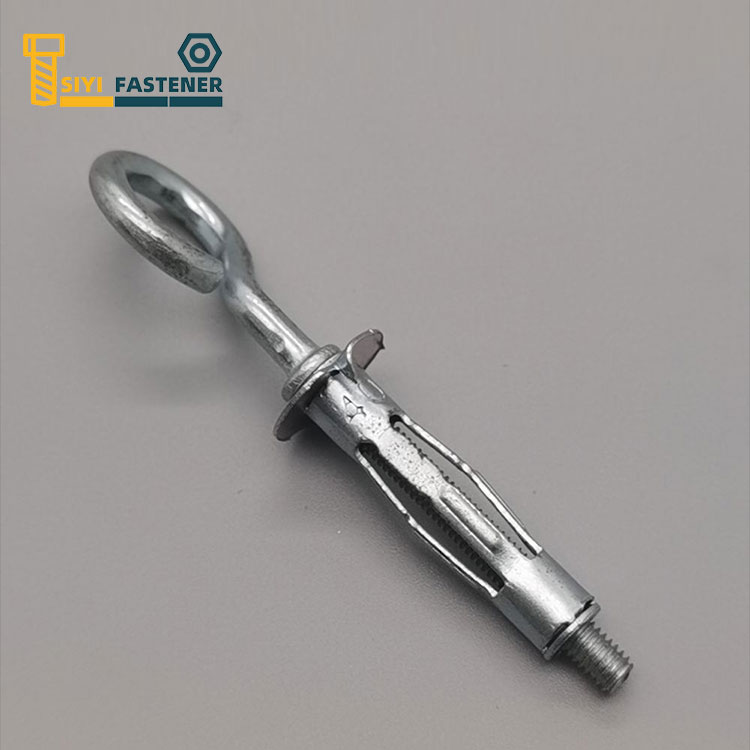Common types of hollow wall anchors
2023-12-25
A hollow wall anchor is a fastener designed for use in hollow walls, such as drywall or plasterboard. These anchors are specifically engineered to provide a secure mounting point for objects, fixtures, or decorations in areas where the underlying material is not solid. Hollow wall anchors come in various types, each suited for different applications and wall thicknesses.
Here are some common types of hollow wall anchors:
1. Expansion Anchor or Molly Bolt:
- Design: Typically, an expandable metal sleeve with a screw or bolt inserted through it.
- Installation: The anchor is inserted into a pre-drilled hole in the wall. As the screw is tightened, the metal sleeve expands, creating a secure hold against the backside of the wall.
2. Toggle Bolt:
- Design: Consists of a threaded bolt and a spring-loaded set of "wings" or toggles.
- Installation: The toggles are folded flat against the bolt for insertion through a pre-drilled hole. Once inside the wall, the toggles spring open, providing a sturdy anchor point.
3. Plastic or Nylon Anchors:
- Design: Generally, a plastic or nylon sleeve with internal threads.
- Installation: The anchor is inserted into a drilled hole, and a screw is driven into the anchor, causing it to expand and grip the inside of the wall.
4. Self-Drilling Anchors:
- Design: Often made of plastic or metal, with a sharp, self-drilling tip.
- Installation: These anchors eliminate the need for pre-drilling. They are directly pushed or screwed into the wall, and as the anchor goes in, it expands to secure itself.
Here's a basic step-by-step guide for installing a typical hollow wall anchor:
1. Choose the Right Anchor: Select the appropriate type and size of anchor based on the weight of the object to be mounted and the wall material.
2. Mark and Drill Holes: Mark the desired location for the anchor and drill a hole of the appropriate size. Follow the manufacturer's recommendations for hole size.
3. Insert the Anchor: Place the anchor into the hole, ensuring it is flush with the wall surface.
4. Tighten the Screw: Use a screwdriver or drill to tighten the screw or bolt. This action expands the anchor, creating a secure grip within the hollow wall.
It's important to follow the manufacturer's guidelines for load capacity and installation procedures to ensure the anchor provides a reliable and safe attachment point. Hollow wall anchors are commonly used for hanging lightweight to moderately heavy items in residential and commercial settings.



